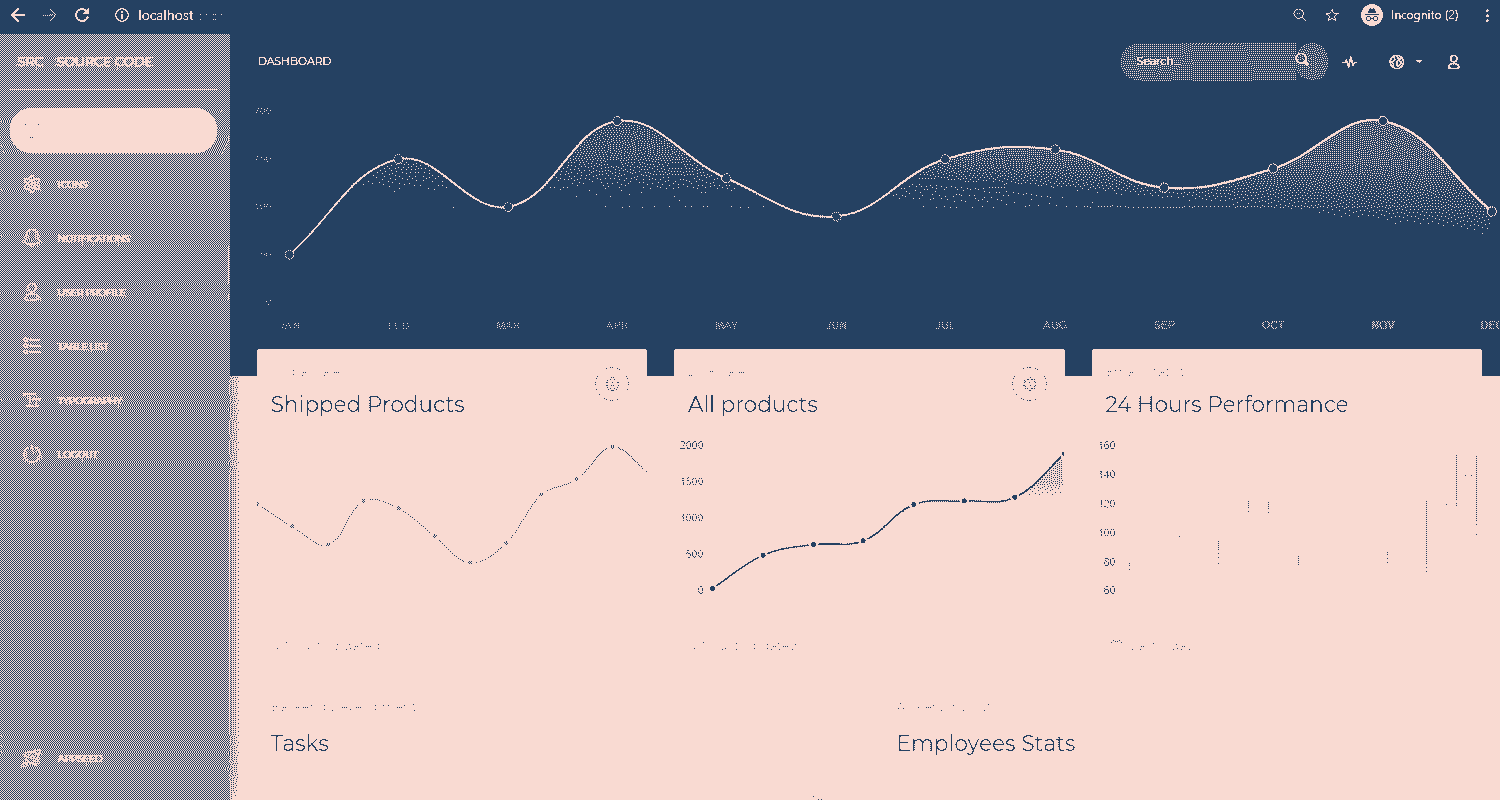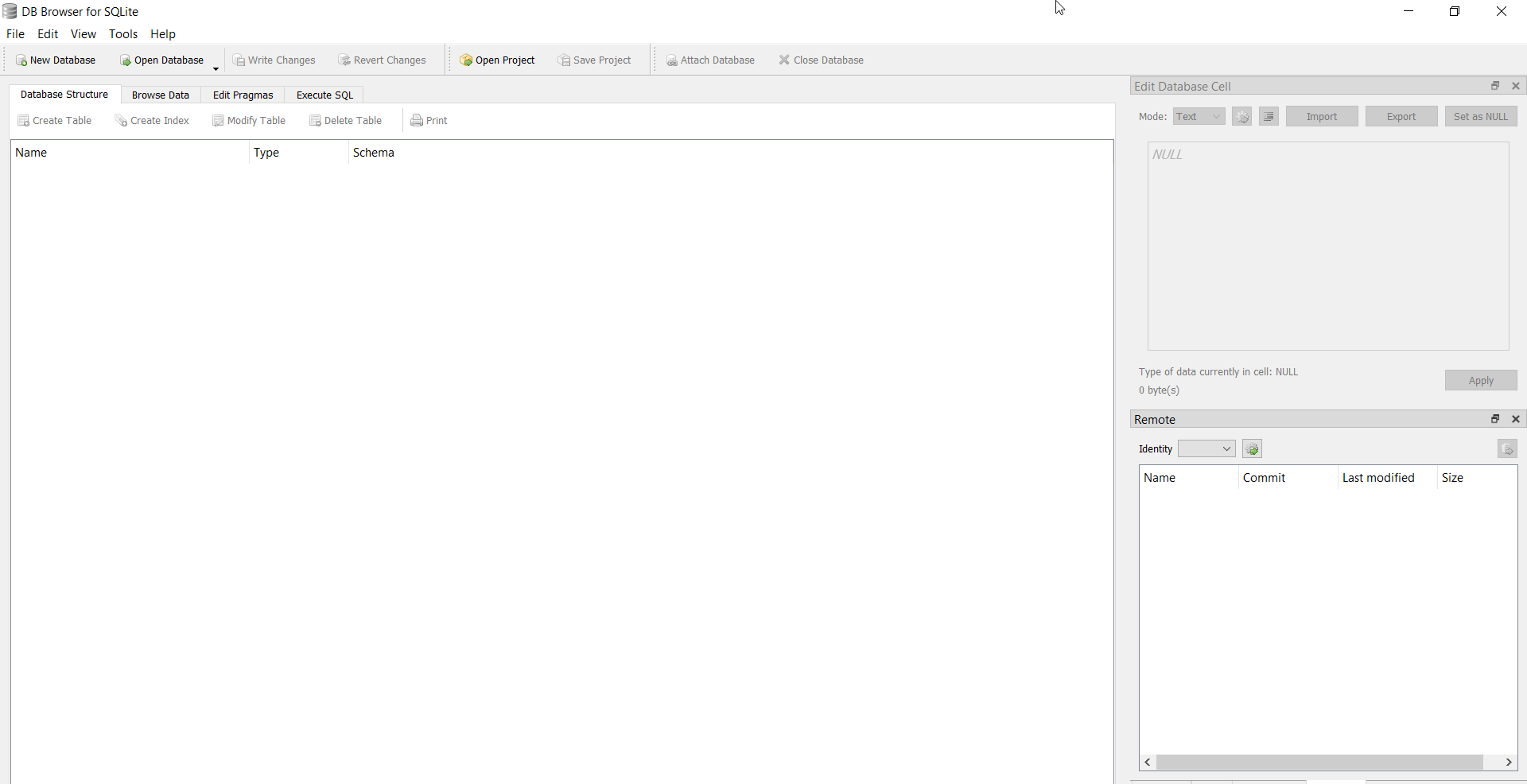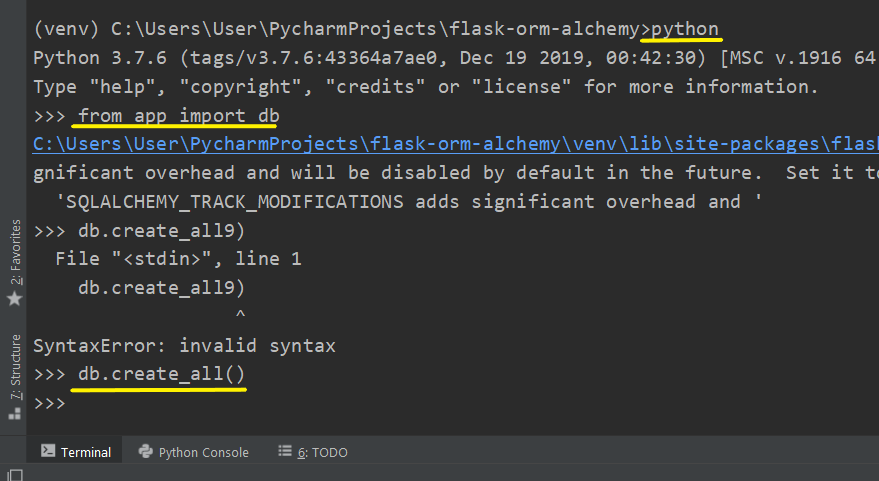

- FLASK SQLITE ORM INSTALL
- FLASK SQLITE ORM UPDATE
- FLASK SQLITE ORM REGISTRATION
- FLASK SQLITE ORM FREE
In the process of creating models, we find that some models do have some relationship to one another or with other data. However, to solve this problem we have to start working with database models for the application.
FLASK SQLITE ORM REGISTRATION
But we can’t add data to this database because it contains no tables for storing the registration details. # create an instance of the database module db = SQLAlchemy(app)īy following the process above, we have our database initialized and ready to work with. We proceed to clone the starter pack file from this Github repository. To make the process easier, we will clone an existing Flask web application used in our previous tutorial which contains a registration form with all the routes setup. Adding user data to registration databaseīefore we can work with the SQLAlchemy library, we need to have a Flask application running.Storing user registration data with SQLAlchemy.Intermediate knowledge with the use of terminal.Understanding of Flask views and templates.Understanding of Object-Oriented Programming concepts with Python.

FLASK SQLITE ORM INSTALL
So the best solution you can have is to integrate flask-migrate in your project which you just use to migrate the current changes you have made to your modelsįirst you run pip install flask-migrate or pipenv install flask-migrate then import the Migrate class from the package and pass your flask app instance to it. When you are using plain flask_sqlalchemy you have to db migrations on your own manually. This is the approach I use when the application grows and handling a lot of circular imports.
FLASK SQLITE ORM FREE
Though you are free to create your own folder structure in flask in your own convenient way. My directory structure approach to avoid circular imports in Flask thank you in advance for anyone who can help me! Is there a simple or common way to achieve this? any pointers and suggestions would be great.
FLASK SQLITE ORM UPDATE
What I'm thinking to do is to structure the files and run the database.py every 5 minutes and update the db while the main.py is running but I'm new to python dev and I don't know how do it. Query = query.offset(start).limit(length) Search = ('search')Ĭol_index = (f'order') = 'desc' Issue_id = db.Column(db.String, primary_key=True)ĭescription = db.Column(db.String, index=True)Īssignee_name = db.Column(db.String(120))

Session = scoped_session(sessionmaker(bind=engine, autocommit=False,autoflush=False)) Main.py from flask import Flask, render_template, requestįrom sqlalchemy.orm import scoped_session, sessionmakerĪpp = Flask(_name_, template_folder='templates/layouts', static_folder='static')Īpp.config = 'sqlite:///db.sqlite'Īpp.config = FalseĮngine = create_engine(app.config) I wrote a script to do all of them but I've to run the files individually to achieve that.ĭatabase.py from main import db, Session, Userįrom retrieve import git_api, DataTransform I'm building a flask app that retrieves data from a website, store the data on Flask-SQLAlchemy db and display the data.


 0 kommentar(er)
0 kommentar(er)
